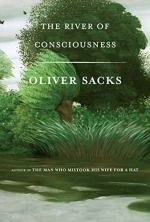|
This section contains 915 words (approx. 3 pages at 400 words per page) |

|
Summary
To introduce his next topic, the creative self, Sacks discusses the joy of play as found in children as well as storytelling and myth making as a primary human activity through which we make sense of the world. Creativity, imagination, and talent must be balanced by knowledge, skills, and education in order to reach their full potential. In the early stages of creative development, assimilation of knowledge and imitation of role-models are key, however, true masterful creativity requires something more to move from "derivative work to major innovation" (132). This prompts Sacks to question the line between influence and imitation and to ask what distinguishes influence from mimicry.
Mimicry, the literal attempt to duplicate, is "a crucial stage in the evolution of culture and cognition" (133). As Sacks reflects on how certain neurological conditions, such as autism, can increase one's powers of mimicry, he...
(read more from the "The Creative Self" Summary)
|
This section contains 915 words (approx. 3 pages at 400 words per page) |

|




